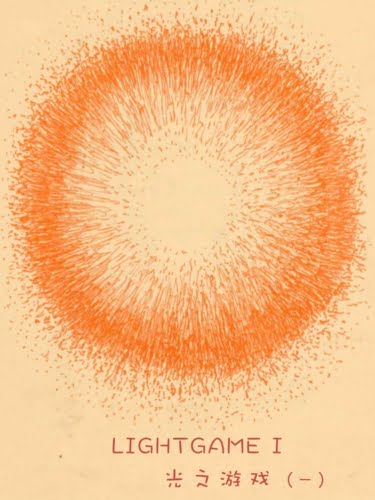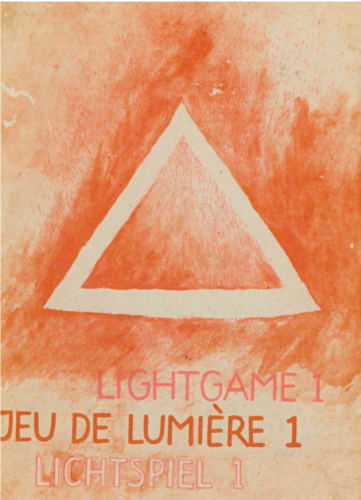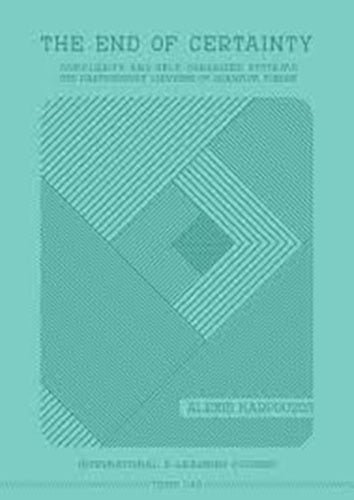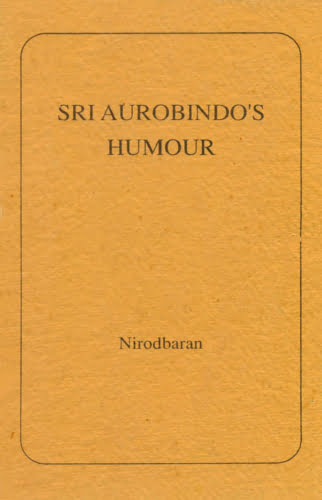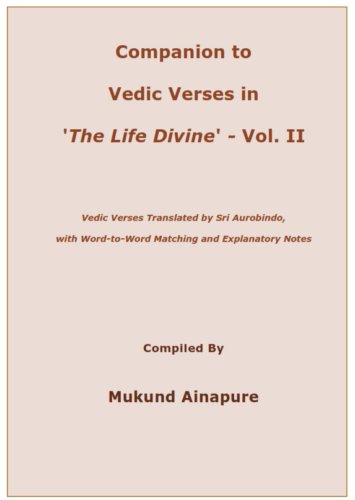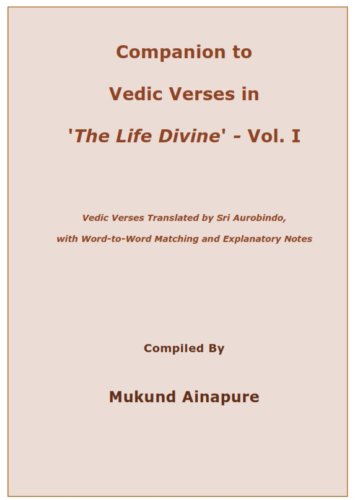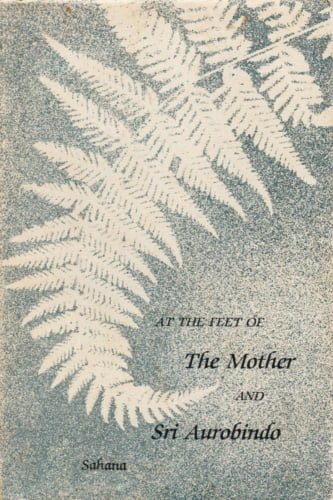Prayers by T. V. Kapali Sastry
These seventeen prayers from the pen of Sri Kapali Sastrier were compiled by his famous student and disciple, Sri Madhav Pandit and published as a book in 1956. It has been reprinted several times. In this edition, the Roman transliterations of the verses are given and the translation of each line of each verse is given separately.
These prayers are meant for those who are interested in cultivating a direct relationship with the Divine. They are all dedicated to the Mother and Sri Aurobindo. These prayers make us become aware of the Masters, make our spirit of surrender deeper and increase our aspiration to attain all round perfection.
All the prayers except 4, 16 and 17 were originally in Samskrt, The prayers 16 and 17 are from The Mother’s book, “Prayers and Meditations”, originally in French; they were translated into English by Sri Aurobindo. Sri Kapali Sastry rendered them into rhythmic Samskrt verses bringing out their deeper meaning. TVK highly recommended these two prayers for his students. The prayer 4 is a popular saying of The Mother rendered into Samskrt.
Only scanty information regarding the dates of the composition of these prayers is available. There is a note at the end of Volume 2 of the Collected Works of TVK stating the prayer 7 was composed for a function in the Ashram School [now named as Sri Aurobindo International Centre for Education (SAlCE)) just before the Darshan day, November 24, 1950, a few days before the Master’s Mahasamadhi. TVK relates that among all the prayers for the Masters he has authored, it is the only one in which Sri Aurobindo is not explicitly mentioned by name. The prayer 13, Fulfilment (sampatti shatakam), was written on the 7th day after the Master’s Mahasamadhi. Prayer 14 was offered to The Mother and Sri Aurobindo on the author’s 55th birthday (Sept, 3, 1941).
There is repeated reference to the Light, highlighted in several Prayers. In the diary note of 2l.3.1936, he relates the words of The Mother spoken on that day regarding the Light of The Mother. “It is not all that see it. Those in whom the inner sense is developed see it; of course, many here (Ashram) see it, not all. When one is physically near, the physical sense is very active, the inner sense does not perceive the Light. But some, when close, even here, see only the Light, not the physical form at all.”
The prayers 5-7, 11-13 were translated into English by TVK. The rest were translated by Sri Madhav Pandit (MPP). The number 1 in the superscript of the translation indicates that the translation is due to TVK.
An audio tape and CD of all these prayers with an introduction is available from Auro Nada. Two audio tapes of some of these prayers, one done by MPP and the other by Vasanti are available from Dipti Trust.
Book Details
Author: T. V. Kapali Sastry
Compiler: M.P. Pandit
Print Length: 42
Publisher: Dipti Publishing
Submitted by: Sergei
Book format: Pdf
Language: English
Read more
